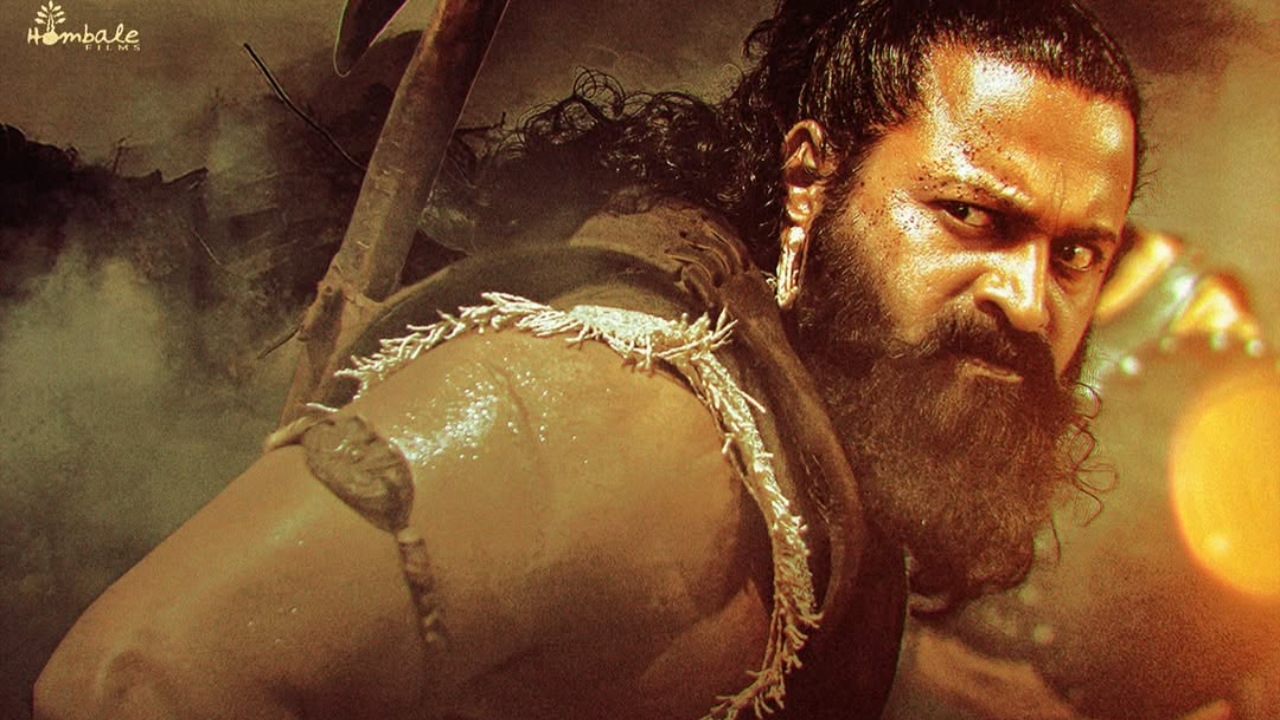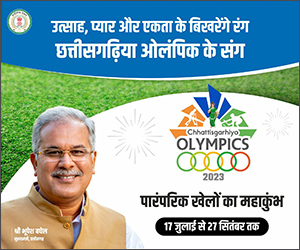Kantara Chapter 1: Bollywood needs to learn from Rishab Shetty’s epic to bring back its lost charm

Rishab Shetty’s Kantara Chapter 1 was released in theatres on October 2, 2025. As a prequel to his 2022 superhit, Kantara A Legend, the Indian audience has been eagerly waiting for the Kannada mythological drama. When the first film was released, Shetty had no idea that the audience’s love would be so immense that it would lead to a nationwide release and eventually become a major franchise. The Buta Kola tradition, rooted in Tulu culture, and humane storytelling resonated with the audience, making the film one of the biggest and most beloved Indian movies.
Along with Kantara Chapter 1, another big movie was released on the same day: Sunny Sanskari Ki Tulsi Kumari. Produced by Karan Johar, the romantic comedy has a star-studded cast – Varun Dhawan, Janhvi Kapoor, Sanya Malhotra and Rohit Saraf. Directed by Shashank Khaitan, SSKTK has received mixed reactions from critics, mostly negative. On the other hand, Rishab Shetty’s Kantara Chapter 1 is receiving a tremendous response, not only from the critics but also from the audience.
It leaves one wondering: what is it that Rishab Shetty or the Kantara team did right that is missing in the Hindi film industry when it comes to such epics? There was a time when big Hindi films used to have an opening of over 10–20 crores or more on their first day, especially during festivals. But that has not been happening for a long time, keeping aside Shah Rukh Khan’s Pathaan, Jawan, and Dunki (2023) and a handful of other releases.
That’s the sad part. The Hindi film industry was once the heartbeat of Indian moviegoers, thanks to the captivating stories, even comedies, or what people now call ‘brain rots’. They had audiences wrapped around their stories and charm and now struggle to fill theatres despite star-studded casts and big-budget spectacles (Tiger 3, Bade Miyan Chote Miyan, Baby John, Kisi Ka Bhai Kisi Ki Jaan, Selfiee, etc.). One might wonder, what is it that’s currently lacking in the Hindi film industry? As an ardent lover of Hindi films and cinema in general, there are a few things I noticed that Rishab Shetty got right with Kantara Chapter 1, which a lot of Hindi filmmakers or producers have to bring in.
Kantara Chapter 1 tells the story of India. It is rooted and connected to the land. The story of Guliga is not presented just as folklore; the gods and the characters breathe through the screen. In Hindi films, there has been a trend towards a usual template: recycled cafe sets and characters that feel like strangers in their surroundings. The urban sheen fails to capture the rawness that characterised Hindi films in the past, which possessed a unique charm.
Another important distinction is the treatment of mythology. For Rishab Shetty, Kantara is a passion project. While keeping alive his love for cinema, Shetty wants to ensure that the world knows the story of Panjurli, Guliga and everything about the roots of Tulu culture. The divinity serves the drama. On the other hand, some Bollywood filmmakers have reduced mythology to mere visual noise and used it primarily for marketing purposes. Instead of letting the product speak for itself, we are given away everything — whether it’s the actor’s workout routine or comparisons with Hollywood stars when it comes to method acting or the dietary changes someone made. While marketing plays a significant role, making it the central focus of a specific film can be detrimental.
One more thing I want to mention is how Rishab Shetty handled the pan-India appeal with Kantara Chapter 1. He let the story be about the hero instead of making it all about himself. On the other hand, many Bollywood producers majorly bank on the lead actors’ stardom for pan-India appeal. If that wasn’t enough, they rope in superstars from different industries for meaningless cameos to create buzz. Sadly, it has barely worked because if a story isn’t decent, the impact won’t be powerful. I am not saying the South filmmakers don’t do the same, but that’s not the only selling point for them. Shetty collaborated with Diljit Dosanjh for a promotional song. Yet, the online discussions are more about the movie rather than Dosanjh’s song.
One can dig deeply into this difference and discuss what Bollywood can learn from Team Kantara: staying true to the filmmaker’s vision, avoiding marketing overload, prioritising craftsmanship over star worship, and, mainly, not going overboard with budgets. With a budget of Rs 16 crore, Rishab’s 2022 film earned Rs 125 crore in India. The prequel is mounted on a Rs 125 crore budget, yet its immersive storytelling, high-octane and emotionally driven action sequences, and the sheer cinematic magnitude make every frame feel larger than that number. Despite some flaws, Kantara Chapter 1 offers a transcendent theatrical experience, and one that lingers long after the credits roll. That is what I want Bollywood to do again: you step out of the theatre, yet remain lost in the world the movie created, and your heart is still echoing with the rhythm of its story.
Read Latest News and Breaking News at The Newsman, Browse for more Entertainment News



